Lecanopteris burkii hybride - Antf1
Lecanopteris burkii hybride - Antf1
The rhizome of Lecanopteris burkii is inhabited by several types of ants. In exchange for a safe environment, the ants bring food sources into the plant. This is a win-win situation for both plants and ants. Lecanopteris burkii is a hybrid created in cultivation using several other types of ant fern. It is easy to grow, has beautiful spring-shaped leaves and is a stunning addition to any collection.
Currently not in stock
€ 0,00
Keep me up to date?
Araflora will inform you as soon as the product is available again. Please fill in your e-mail address and we will let you know as soon as the product is back in stock. You will get an e-mail message when the product is available again. Unfortunately we cannot say how long this will be or what the price is likely to be.

Receive an e-mail when new stock of this plant arrives.
Share this plant? Press on one of the following icons.
In the wild, Lecanopteris burkii has a mutually dependent or symbiotic relationship with different types of ants. The ants enjoy the protective environment of the fern’s hollow rhizome. In return, they provide the plant with sources of food. Young Lecanopteris burkii plants have closed rhizomes to begin with but as the plants mature, they form openings in which ants can shelter. When cultivated as house plants, ant ferns do not require the presence of ants to assist their growth. Lecanopteris burkii is endemic to south-east Asia where it grows on trees as an epiphytic plant. Like other types of fern, Lecanopteris burkii produces spores on the undersides of its leaves rather than flowers. Araflora supplies examples of Lecanopteris burkii that are ideal for cultivation as house plants. They will develop into impressive mature plants.

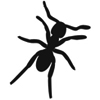

Lecanopteris burkii is best cultivated in an environment with a high temperature and a high level of humidity. Nevertheless, it will also flourish if growing conditions are less than perfect. The ideal temperature is around 25⁰ C, certainly no lower than 10⁰ C or higher than 35⁰ C. Humidity must be in the region of 80%. As well as good air circulation it requires plenty of bright light, but should not be exposed to direct sunlight. It should only be watered when the substrate is completely dry, so the rhizome does not rot. Lecanopteris burkii grows on different types of substrate such as orchid bark mix and can be given fertiliser from time to time.



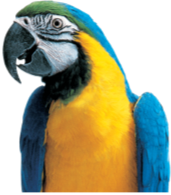
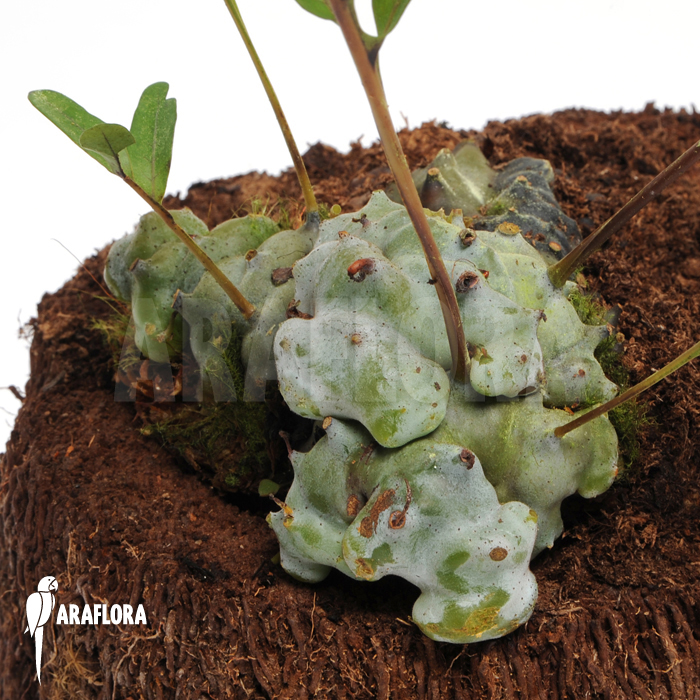
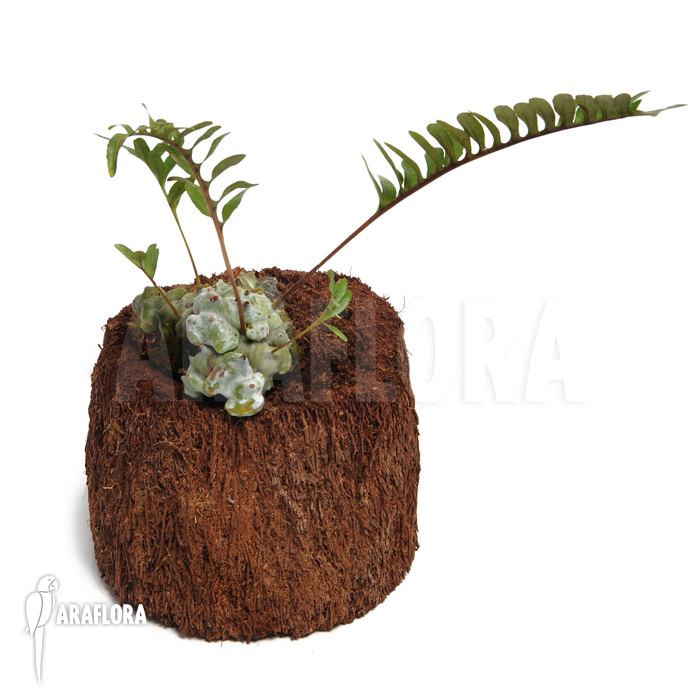


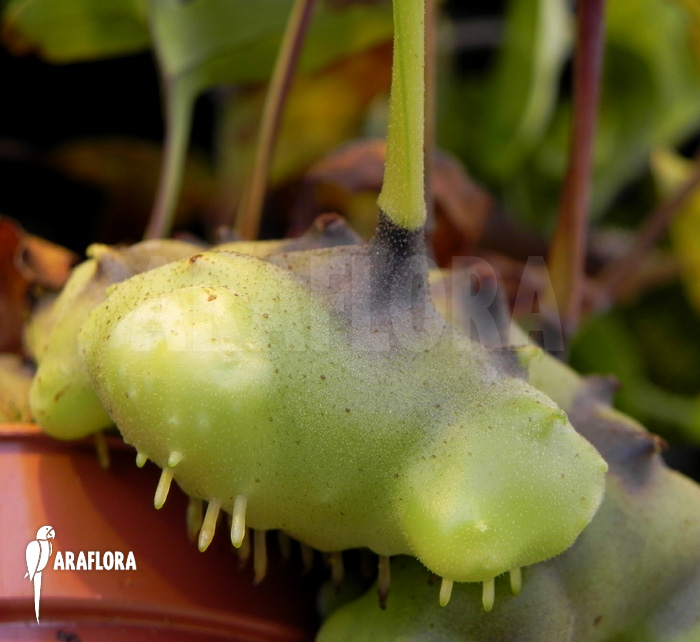
 10 cm
10 cm
 5 cm
5 cm












